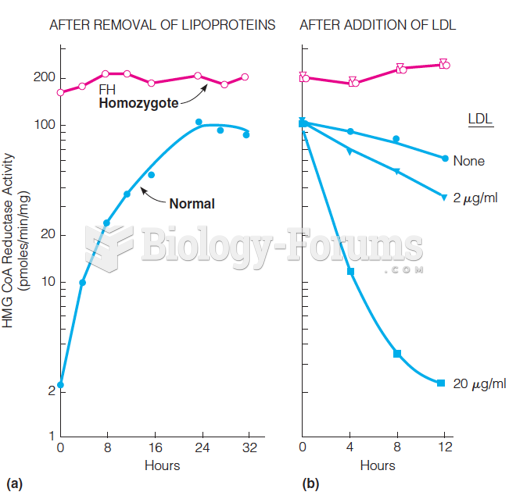|
|
|
When taking monoamine oxidase inhibitors, people should avoid a variety of foods, which include alcoholic beverages, bean curd, broad (fava) bean pods, cheese, fish, ginseng, protein extracts, meat, sauerkraut, shrimp paste, soups, and yeast.
The most common treatment options for addiction include psychotherapy, support groups, and individual counseling.
Urine turns bright yellow if larger than normal amounts of certain substances are consumed; one of these substances is asparagus.
In inpatient settings, adverse drug events account for an estimated one in three of all hospital adverse events. They affect approximately 2 million hospital stays every year, and prolong hospital stays by between one and five days.
The first war in which wide-scale use of anesthetics occurred was the Civil War, and 80% of all wounds were in the extremities.
 L-carnitine is a popular dietary supplement. Notice the claims of improving athletic performance and ...
L-carnitine is a popular dietary supplement. Notice the claims of improving athletic performance and ...
 A CT scan of a subdural hematoma. Notice that the subdural hematoma has displaced the left lateral ...
A CT scan of a subdural hematoma. Notice that the subdural hematoma has displaced the left lateral ...





